
Registration


Nordic Walking has proven to be more effective than brisk walking and even jogging in improving heart rate, blood pressure, oxygen consumption, and quality of life, making it a valuable tool for both prevention and rehabilitation across various health conditions.

Nordic Walking, a relatively recent form of physical activity using poles for traction, has gained global popularity due to its health and rehabilitation benefits. Research highlights its positive physiological, fitness, and biomechanical effects compared to regular walking.

A study of 161 seniors found that regular Nordic Walking significantly improves health self-assessment in older adults, confirming it as an optimal form of physical activity for the elderly. Further research is recommended to explore its biological and psychological benefits.

Nordic Walking proves to be a viable and effective training method for patients with moderate to severe COPD, providing higher exercise intensity and physiological benefits compared to traditional walking tests.

A 12-week study shows that Nordic Walking significantly improves cardiovascular fitness in sedentary obese women, offering an effective and sustainable alternative to traditional walking for promoting long-term lifestyle changes.

Nordic Walking activates upper body muscles more than conventional walking but does not increase movement complexity, making it a suitable physical activity even for those with limited motor skills.

Nordic Walking improves gait parameters and reduces lower limb load compared to regular walking, making it an efficient and joint-friendly exercise option.
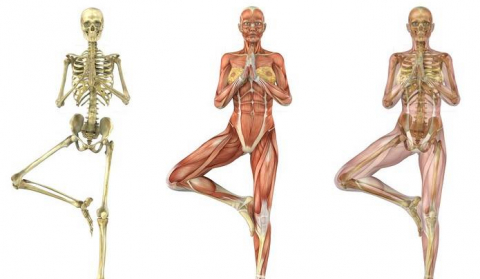
This study assessed the physiological responses of healthy middle-aged women during Nordic Walking, regular walking, and jogging, revealing differences across these popular forms of aerobic field exercise.
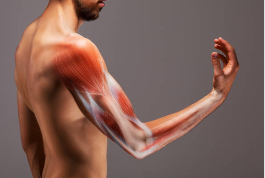
Proper Nordic Walking technique significantly increases muscle activation and metabolic intensity compared to modified styles, suggesting that technical training can maximize its health benefits.

A 3-month Nordic Walking program significantly improved cardiovascular health and aerobic capacity in elderly women, confirming its effectiveness as a moderate yet impactful form of physical activity.
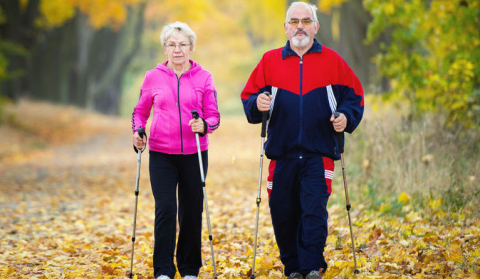
A 15-week Nordic Walking program at moderate-to-high intensity significantly improved functional capacity and reduced activity limitations in women with fibromyalgia, proving to be a feasible and effective exercise option.
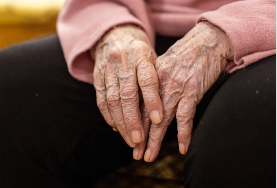
A systematic review of randomized clinical trials confirms that Nordic Walking, performed at moderate to high intensity, improves gait, balance, motor function, and quality of life in people with Parkinson’s disease.

In breast cancer survivors, Nordic Walking—especially when combined with the ISA method—led to significant reductions in upper limb circumferences and body water, suggesting its effectiveness in managing post-surgical lymphedema compared to regular walking.

A 12-week Nordic Walking program increased overall leisure-time physical activity and effectively reduced body weight, fat percentage, and leptin levels—outperforming resistance training in improving metabolic health markers.

A 12-week Nordic Walking program combined with vitamin D supplementation improved lipid profiles and physical fitness in elderly women, unlike supplementation alone or no intervention.

Nordic Walking significantly improved adipokine levels, reduced body fat, cholesterol, and liver fat index in men with impaired glucose regulation, showing the most beneficial effects on metabolic syndrome risk factors.

This study found no evidence that Nordic Walking reduces knee joint load compared to regular walking, despite greater hip range of motion and knee flexion angles observed during Nordic Walking.
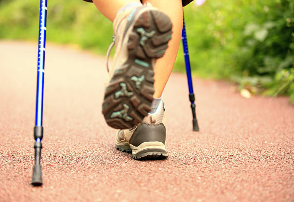
Nordic Walking competitions combine the spirit of sport with health promotion, offering a unique form of mass recreation that engages diverse age and fitness groups.

Nordic Walking is a simple, low-cost, and effective lifetime physical activity that can be successfully integrated into school programs to improve students' health, motor skills, and engagement in outdoor movement.

This study explores how regular Nordic Walking affects mental well-being and how socio-ecological factors influence participation, offering new insight into the activity’s psychological and environmental dimensions.

This conceptual study explores Nordic Walking as more than physical activity—revealing its role in shaping identity, performing public space, and creating a sense of place.

A 12-week supervised Nordic Walking program improved walking ability and enhanced antioxidant protection in patients with intermittent claudication, reducing oxidative lipid damage.
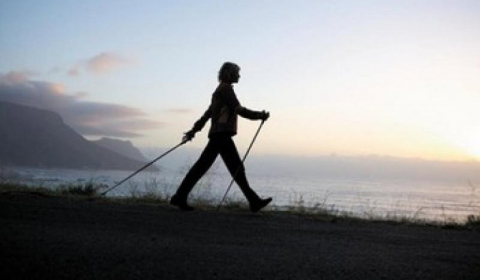
This study confirms that Nordic Walking imposes a significantly higher cardiovascular and metabolic load than natural walking—without increasing perceived effort—making it an effective and accessible fitness activity.
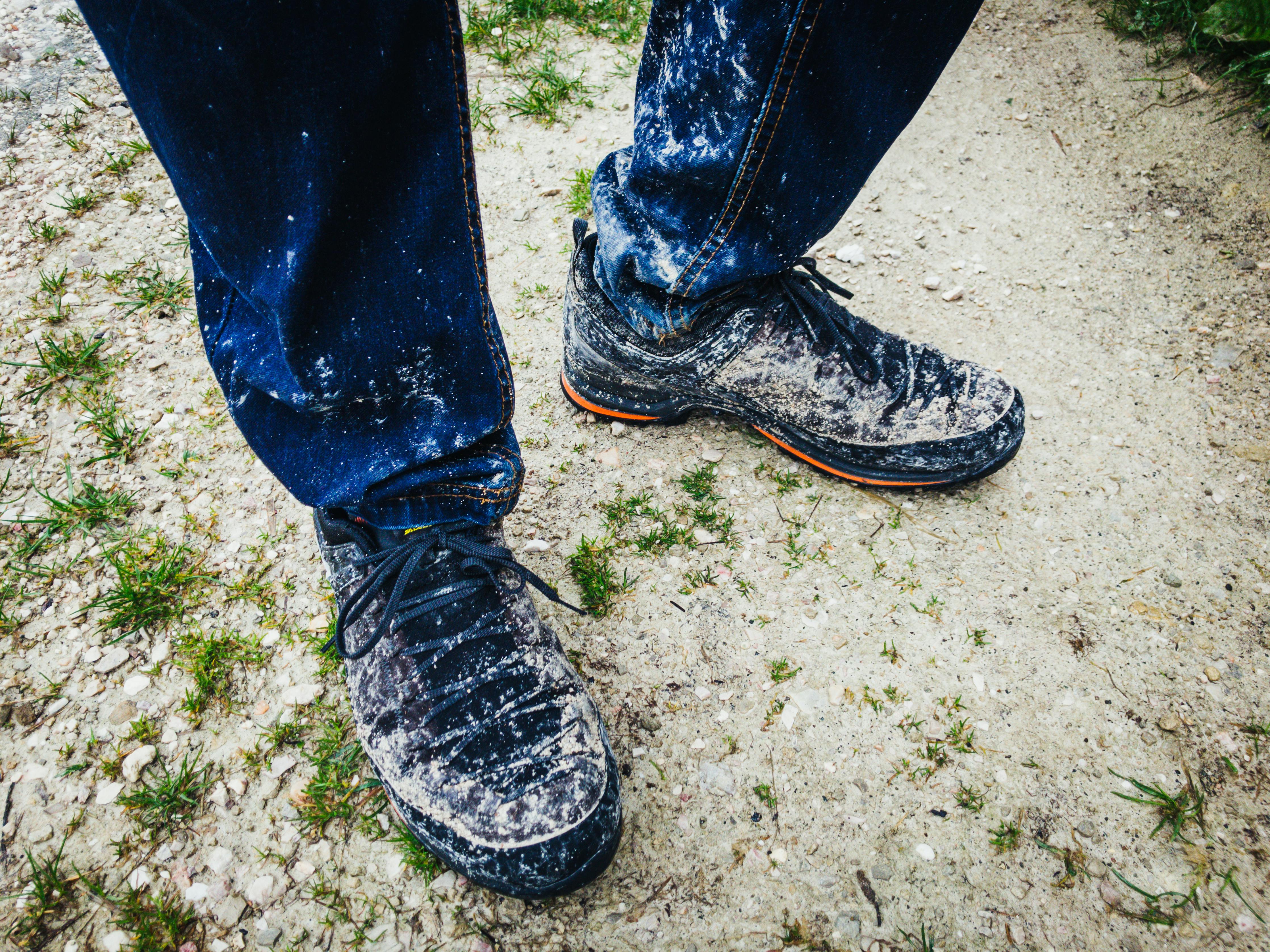
This study found that Nordic Walking generates higher ground reaction forces and shock impacts compared to regular walking, particularly at heel strike, highlighting biomechanical implications for health and injury prevention.
© 2024 onwf.org | Original Nordic Walking from Finland